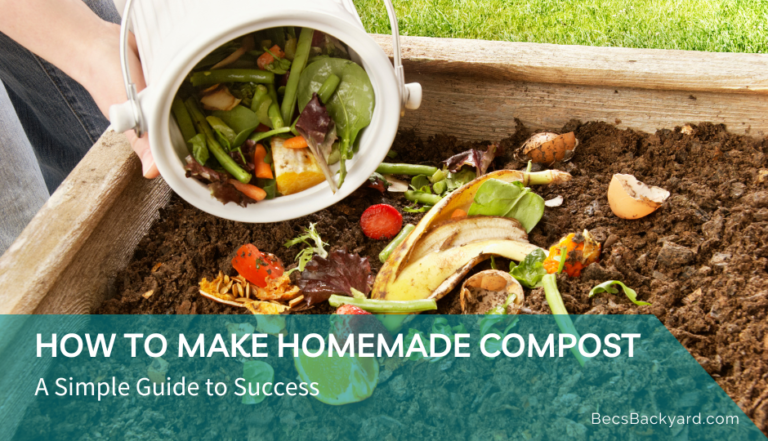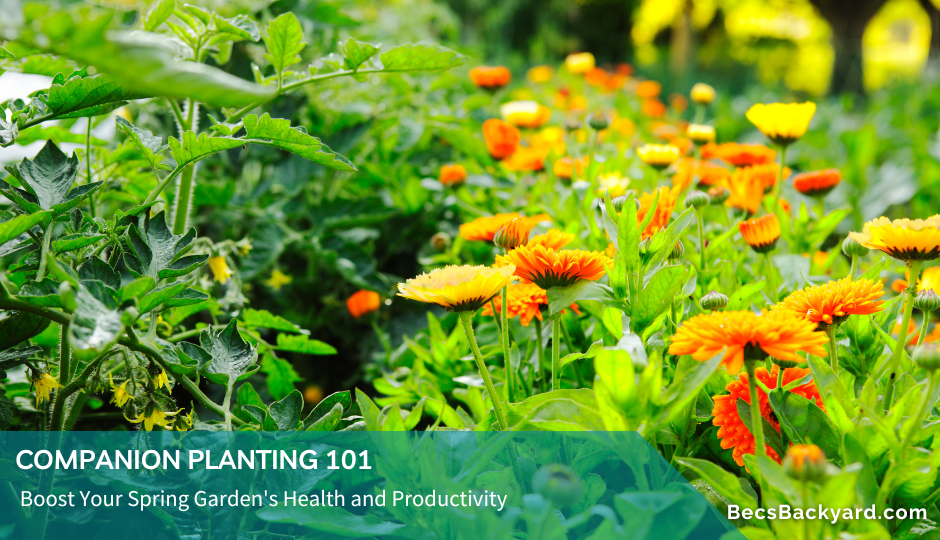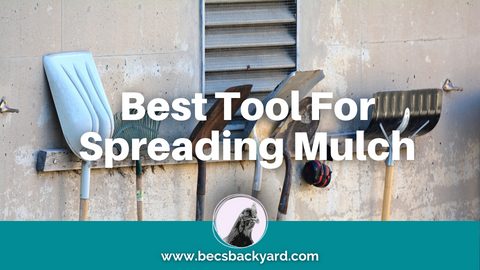Popular Options for Vegetable Garden Pathways : Paving the Way to Veggie Delights

Vegetable garden pathways are an essential aspect of any garden. They serve as a guide for gardeners and visitors alike, protecting plants from accidental trampling and providing easy access to all areas of the garden. There are several options for creating pathways in a vegetable garden, each with its own benefits and drawbacks.
One option for vegetable garden pathways is to use mulch. Mulch is a layer of organic material, such as leaves, grass clippings, or wood chips, that is spread over the soil. This layer helps to retain moisture in the soil, suppress weeds, and regulate soil temperature. Two-layered mulches, consisting of a bottom layer that blocks light to weed seeds and a bulkier top layer that is sturdy underfoot and free of weed seeds, provide maximum weed resistance. However, mulch can be difficult to walk on and may need to be replenished regularly.

Types of Vegetable Garden Pathways
When it comes to creating pathways for your vegetable garden, there are several options to choose from. Here are three of the most common types of pathways:
Mulch Pathways
Mulch pathways are a popular choice for vegetable gardens because they are affordable, easy to install, and provide a natural look. They are also great for suppressing weeds and retaining moisture in the soil.
To create a mulch pathway, simply lay down a layer of mulch over the ground. Wood chips, cocoa bean, and cypress bark are all popular types of mulch for garden paths. Keep in mind that mulch pathways need to be replenished periodically to maintain their appearance and effectiveness.
Gravel Pathways
Gravel pathways are another popular option for vegetable garden pathways. They are durable, low-maintenance, and provide good drainage. Gravel pathways can also be used to create a decorative effect, as there are many different types and colors of gravel available.
To create a gravel pathway, first, remove any grass or weeds from the area. Then, lay down a layer of landscape fabric to prevent weeds from growing through the gravel. Finally, add a layer of gravel on top of the fabric.
Paving Stone Pathways
Paving stone pathways are the most expensive option, but they are also the most durable and long-lasting. They can be used to create a formal look in your garden and can be customized to fit any design style.
To create a paving stone pathway, first, remove any grass or weeds from the area. Then, lay down a layer of sand to create a level surface. Finally, lay the paving stones on top of the sand, making sure to leave a small gap between each stone for drainage.
No matter which type of pathway you choose for your vegetable garden, make sure to keep it well-maintained to ensure its longevity and effectiveness.
Choosing the Right Pathway
When it comes to creating pathways for your vegetable garden, there are a few things to consider. In this section, we will discuss the climate, garden layout, and budget.
Consider the Climate
The climate of your area can play a significant role in the type of pathway material you choose. For example, if you live in a rainy region, you may want to avoid materials that can become slippery when wet, such as smooth stones or bricks. Instead, you may want to consider using a rougher material like wood chips or gravel. On the other hand, if you live in a dry region, you may want to avoid materials that can absorb heat and become too hot to walk on, such as dark-colored stones or pavers. In this case, a lighter-colored material like crushed shells or white gravel may be a better option.
Consider the Garden Layout
The layout of your vegetable garden can also influence your pathway material choice. If you have a garden with curved paths, you may want to consider using a more flexible material like mulch or wood chips. These materials can be easily shaped to fit the curves of your garden. If you have a garden with straight paths, you may want to consider using a more rigid material like concrete pavers or bricks. These materials can provide a clean and structured look to your garden.
Consider the Budget
The budget is an important factor to consider when choosing your pathway material. Some materials, such as concrete pavers or bricks, can be more expensive than others, such as wood chips or mulch. However, keep in mind that some materials may require more maintenance than others, which can add to the overall cost in the long run. For example, a material like gravel may need to be replenished every few years, while a material like concrete pavers may last for decades with minimal maintenance.
In conclusion, choosing the right pathway material for your vegetable garden involves considering the climate, garden layout, and budget. By taking these factors into account, you can select a material that will not only look great but also provide a safe and functional pathway for your garden.
Maintenance and Upkeep
Maintaining the vegetable garden pathways in your backyard is crucial to ensure that your plants remain healthy and productive. Here are some tips for keeping your pathways in top condition.
Weeding and Watering
Regular weeding is essential to prevent the growth of unwanted plants in your garden pathways. You can use a hoe or a hand cultivator to remove weeds and unwanted grasses. Mulching your pathways with straw, wood chips, or leaves can help suppress weed growth.
Watering your garden pathways is also important, especially during hot, dry weather. Make sure to water the pathways thoroughly to keep the soil moist and prevent it from drying out. You can use a hose or a watering can to water the pathways.
Adding New Material
Over time, your vegetable garden pathways may become compacted and worn. Adding new materials such as gravel, wood chips, or straw can help improve the appearance and functionality of your pathways.
Before adding new material, make sure to remove any weeds or unwanted plants. Spread the new material evenly over the pathway, making sure to cover the entire surface. You can also mix in compost or other organic material to improve soil health.
Repairing and Replacing
Regular maintenance can help prevent damage to your vegetable garden pathways, but sometimes repairs or replacements are necessary. If you notice any cracks or holes in your pathway, fill them in with gravel or sand. If a section of your pathway is beyond repair, you may need to replace it entirely.
When replacing a pathway, consider using materials that are durable and easy to maintain. Gravel, wood chips, and straw are all good options. Make sure to remove any weeds or unwanted plants before laying down the new pathway material.
By following these tips for maintenance and upkeep, you can keep your garden pathways looking great and functioning well, ensuring a healthy and productive vegetable garden.
Frequently Asked Questions
What are some good materials for vegetable garden pathways?
There are several materials that work well for vegetable garden paths, including wood chips, gravel, mulch, and even grass. Each material has its own benefits and drawbacks, so it’s important to choose the one that best fits your needs and preferences.
What is the best width for vegetable garden paths?
The width of your vegetable garden path will depend on several factors, including the size of your garden beds and the type of equipment you’ll be using to tend to your plants. A good rule of thumb is to make your paths at least 2 feet wide to allow for easy movement and access.
What are some options for walkways between raised garden beds?
Walkways between raised garden beds can be made from a variety of materials, including gravel, mulch, and even stepping stones. You can also consider planting low-growing herbs or groundcovers to create a living walkway that adds beauty and fragrance to your garden.
What are the benefits of using wood chips for vegetable garden pathways?
Wood chips are a popular choice for vegetable garden paths because they are affordable, easy to install, and provide excellent weed suppression. They also break down over time, adding organic matter to your soil and improving soil health.
What are some considerations for a sloping garden path?
If you have a sloping garden path, it’s important to choose a material that will provide good traction and prevent erosion. Gravel, mulch, and wood chips are all good options, but be sure to choose a size and texture that will provide good footing.
What are some alternatives to gravel for garden paths?
If you’re looking for an alternative to gravel for your garden paths, consider using mulch, wood chips, or even recycled rubber. Each material has its own benefits and drawbacks, so be sure to choose the one that best fits your needs and preferences.
Ready to Make a Choice?
When it comes to creating pathways in your vegetable garden, there are several popular options to consider. Each choice offers its own unique advantages, whether it’s the affordability and versatility of gravel, the natural beauty and durability of stone, or the low-maintenance convenience of mulch. Ultimately, the decision should be based on your specific needs, preferences, and budget. By carefully selecting and implementing a suitable pathway material, you can not only enhance the functionality and accessibility of your garden but also add aesthetic appeal to your veggie paradise. Remember to take into account factors like drainage, ease of installation, and long-term maintenance requirements to ensure a successful and enjoyable gardening experience for years to come






